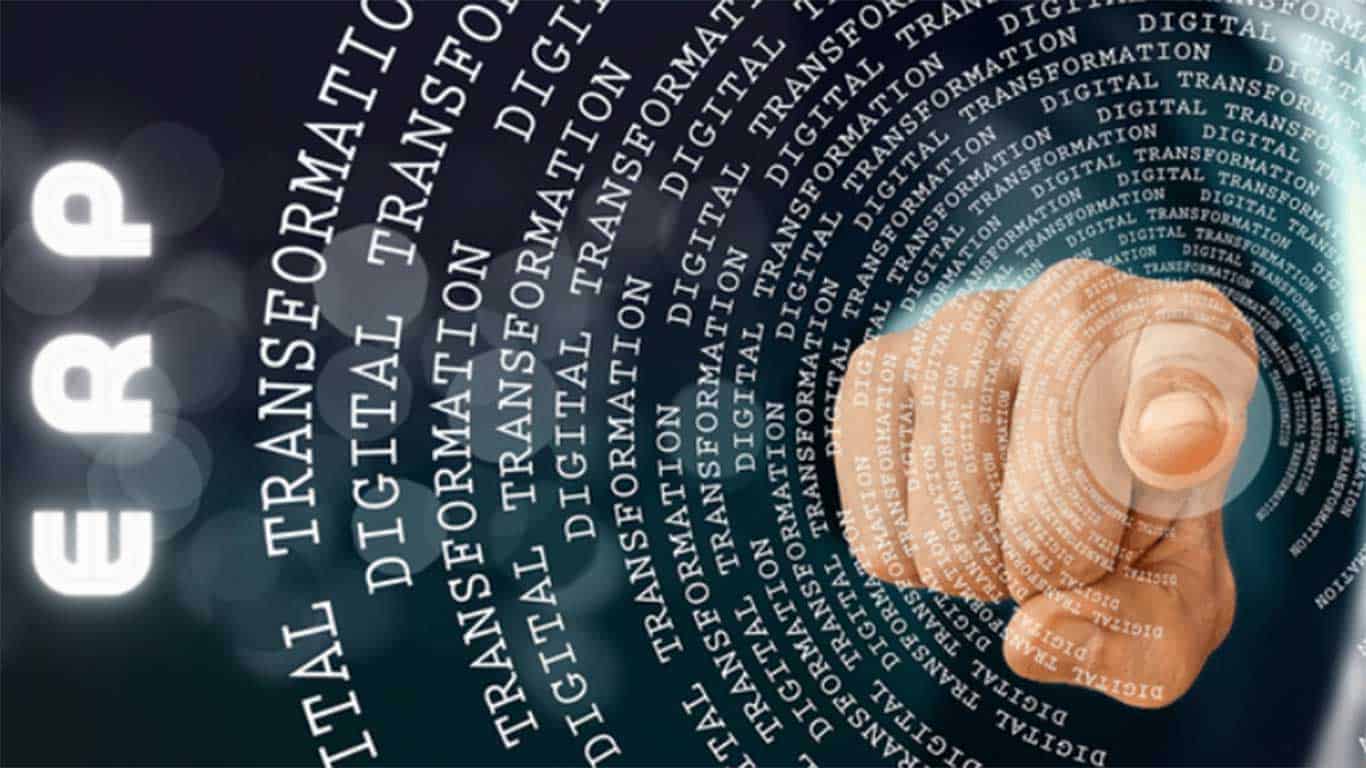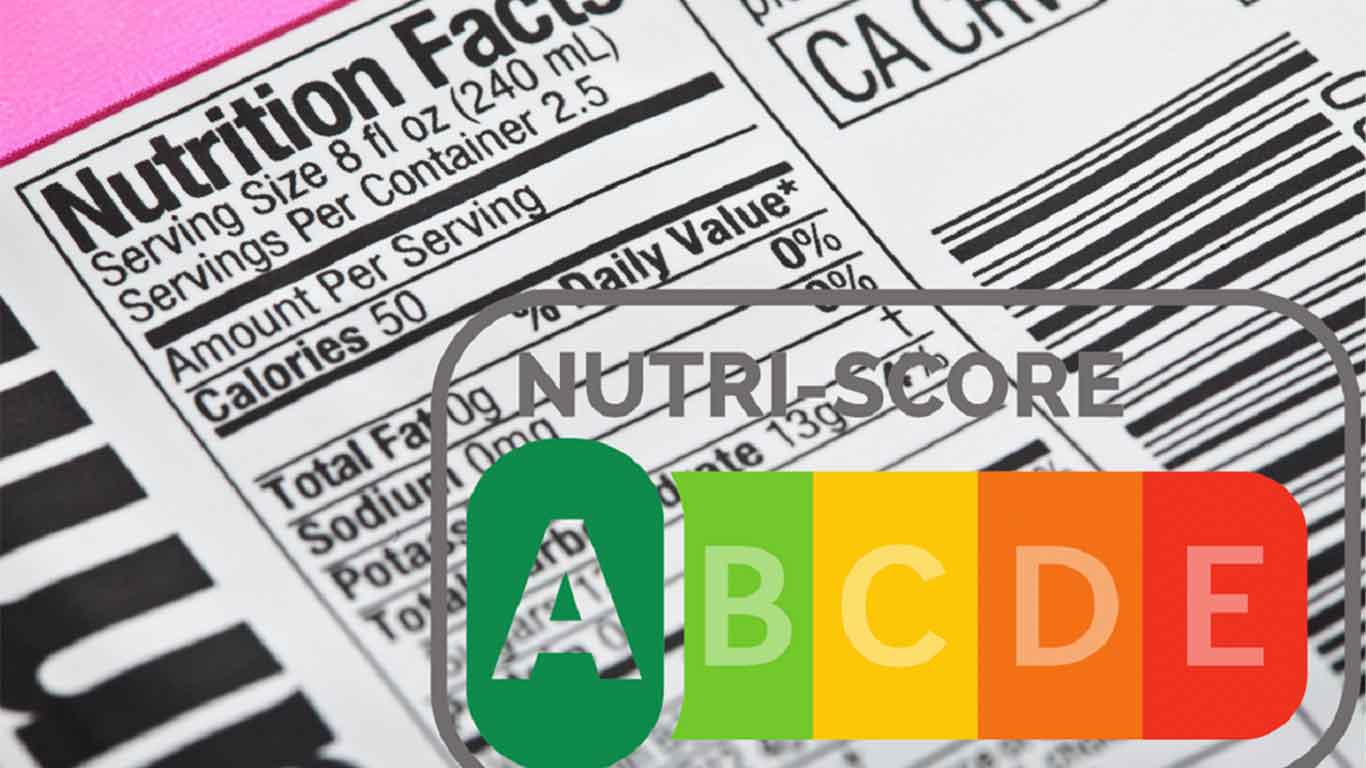Companies generate large amounts of data on a daily basis. Each transaction that takes place between a company and its stakeholder needs to be recorded with extreme care to allow for traceability and transparency– which are crucial components for success in the Food & Beverage industry.
Research has shown that employees spend almost half of their professional lives on activities such as manually updating product information; a task which can easily be automated and made more efficient by using the right tools and software.
Free E-Book
The Power of Digital Transformation: decrease the cost of production while developing a culture of innovation
So, how can companies tackle the challenges involved in distributing product information online? The solution is to use an Enterprise Resource Management (ERP) tool with an integrated and automated interface to the GS1-GDSN network.
A reliable data synchronization network
Many companies around the world are using worldwide networks to make digitization of product information a reality. One such solution that many companies swear by is the GS1 Global Data Synchronization Network (GDSN).
The GDSN is an interconnected global network which comprises of 35,000 companies and 30 independent data pools. One of them, the 1WorldSync, is the largest GDSN data pool, offering companies a robust solution that optimizes their operations by reducing errors in product information.
Networks and tools such as these allow companies to upload pertinent product information online. Material specifications, labeling information, process-related data and certifications are just a few of the things that companies can easily upload online. Retailers, suppliers and third-party stakeholders can request specific product information from the manufacturer and display it to their consumers.
Uploading this information helps companies provide a level of transparency that is crucial for fulfilling regulatory requirements, thus helping them gain a competitive advantage in the market.
Using the right ERP tools
To upload data into data pools, companies need to have the tools to automatically upload their internal information resources into the global network. In the case of the Global Data Synchronization Network (GDSN), companies can use the SAP® add-on GTIN-Connector, which transfers the data from the user’s SAP® system to the GDSN. For other ERP systems, the SpecPage web-based GDSN Guide offers similar connectivity. These tools automate the process of manually updating data, thus reducing the time, effort and resources the company spends on distributing information.
The following are some benefits of the SpecPage SAP® GTIN-Connector:
- Synchronization between materials administration and master data pools
- Manual addition of data fields
- Product line mapping
- Creation of product profiles
- Automatic publication in GDSN
- Commercial information in GDSN
The connector allows for integrated plausibility checks which help companies identify any missing or faulty information. The tools make it easier for companies to track who is using their information, what they are searching for and how best to accommodate the product information requirements of retailers and suppliers.
Reducing errors in data updates
It is quite easy to make mistakes when manually updating this data, given the thousands of product specifications, new product innovations, product recipes and regulatory requirements to be accounted for.
ERP tools help reduce data discrepancies by automating the process of digitization and online distribution of product information.
Tools such as the SAP® GTIN-Connector or the GDSN Guide save companies from having to create additional databases. By linking a company’s existing ERP system to the data pool, these tools allow information to be transferred easily. This saves companies’ costs associated with acquiring new data management software.
Optimizing digitization and data collection by using ERP tools
There are a few basic things that companies can leverage to benefit from these tools. They include:
Creating a framework that facilitates information transfer
Many data pools and networks follow a particular framework. Designing a data management framework for your internal ERP system that mimics the one used by networks and data pools will help companies streamline the process of information distribution.
Connecting the internal database to external data pools
Using tools and software which can automatically upload product information on to networks or data pools will reduce the need for companies to manually configure these uploads. Apart from helping manufacturers share real-time information with their stakeholders, these tools also help companies follow regulatory requirements.
Using automated XML messages
XML messages enable the easy transfer of data between software platforms. By automating message transfer, companies can ensure that pertinent product information is uploaded to the data pools in a timely fashion. This also helps distributors, retailers and suppliers access important product details sought by their consumers.
By following these steps, companies can make their ERP systems a reliable and user-friendly source for digitization and online distribution of product information. The tools ensure that companies need not spend too much time and effort uploading, checking, and correcting data entries.
Complimenting one’s ERP system with the SpecPage GDSN services and tools can deliver an automatic data exchange in accordance with GS1 standards – all without the usual hassle.




